The world of drawing encompasses a spectrum of mediums, each with its unique properties and expressive qualities. Charcoal and graphite stand as two pillars in the art community, popular for their versatility and distinct shades they produce. This comprehensive guide explores the potential of these mediums, providing insight into techniques and practices that can unlock the full artistic scope they have to offer.
Understanding the Basics of Charcoal and Graphite
The Unique Qualities of Charcoal
Charcoal, known for its rich, black hues and powdery texture, offers artists the ability to create strong contrasts and dramatic scenes. It comes in different forms such as sticks, pencils, and vine, making it a versatile option for artists to achieve a variety of line qualities and shading techniques. With the power to make bold statements and delicate gestures, charcoal is the go-to medium for rapid sketching and dynamic compositions.
The Precision of Graphite
Graphite, on the other hand, has a metallic sheen and is capable of creating a wide range of tones, from soft silver to deep black. It is the preferred medium for intricate details and fine, crisp lines. Commonly encased in wood as pencils, graphite is ideal for detailed work requiring accuracy and precision. Understanding the different grades of graphite pencils, from hard (H) to soft (B), is crucial for employing this tool effectively.
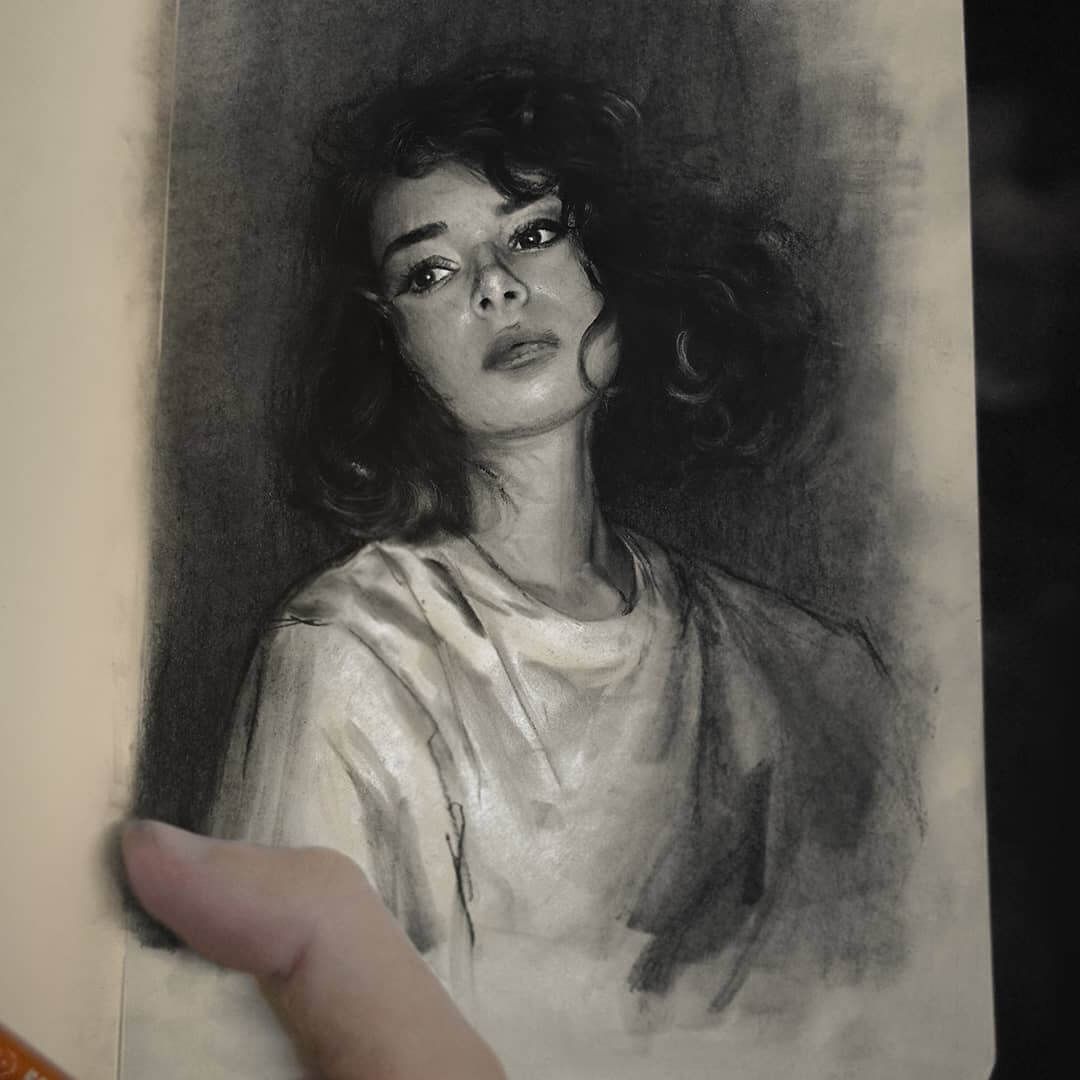
Tools and Materials for Starting
Choosing the Right Paper
The choice of paper is crucial for both charcoal and graphite drawing. A paper with a good “tooth,” or texture, will hold onto the particles of both mediums well, allowing for even shading and layering. For charcoal, a heavier weight paper can better absorb the medium without tearing. For graphite, a smoother paper may be desirable to accommodate the detail and prevent unwanted texture.
Essential Accessories for Drawing
Aside from charcoal and graphite sticks or pencils, a few key accessories can enhance your drawing experience. Blending stumps or tortillons allow for softening edges and creating gradients. Kneaded erasers are instrumental in lightening areas or creating highlights, while a regular rubber eraser can clean up unwanted lines. Fixative sprays are also important to preserve your work and prevent smudging.
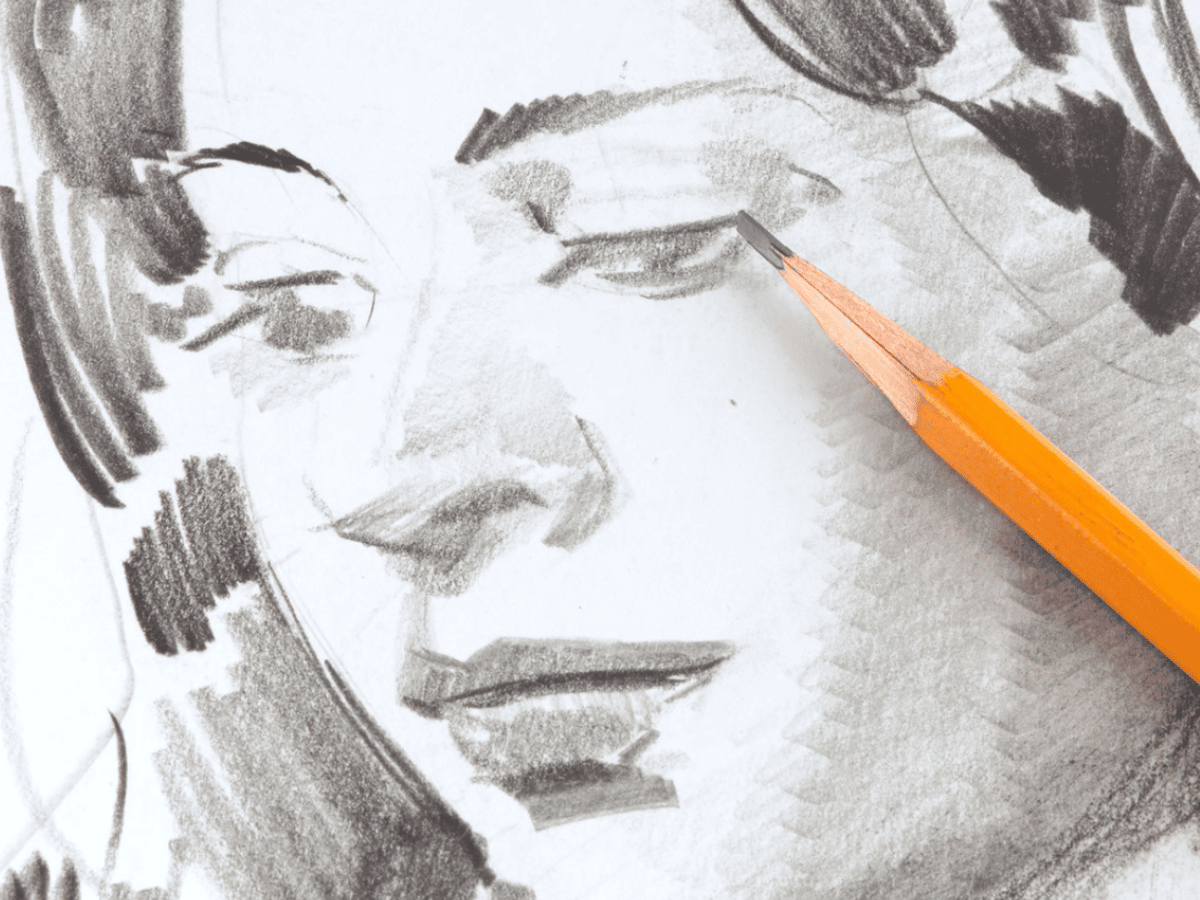
Charcoal Drawing Techniques
Working with Values
Charcoal’s strength lies in its rich value range. Starting with mid-tones, artists can build up to the darkest shadows and then bring out the light values by erasing. The pressure applied can affect the intensity of the charcoal, offering control over the darkness of the strokes. Artists can employ the side of a charcoal stick for broad strokes or use the pointed end for sharp lines and details.
Embracing Charcoal’s Versatility
Artists can exploit charcoal’s versatility by varying its application. Layering charcoal by stroking it in different directions can create complex textures. Smudging charcoal with fingers or paper stumps can smoothly transition between tones. A putty or kneaded eraser can pick up charcoal from the paper, creating highlights and softening forms within the drawing.
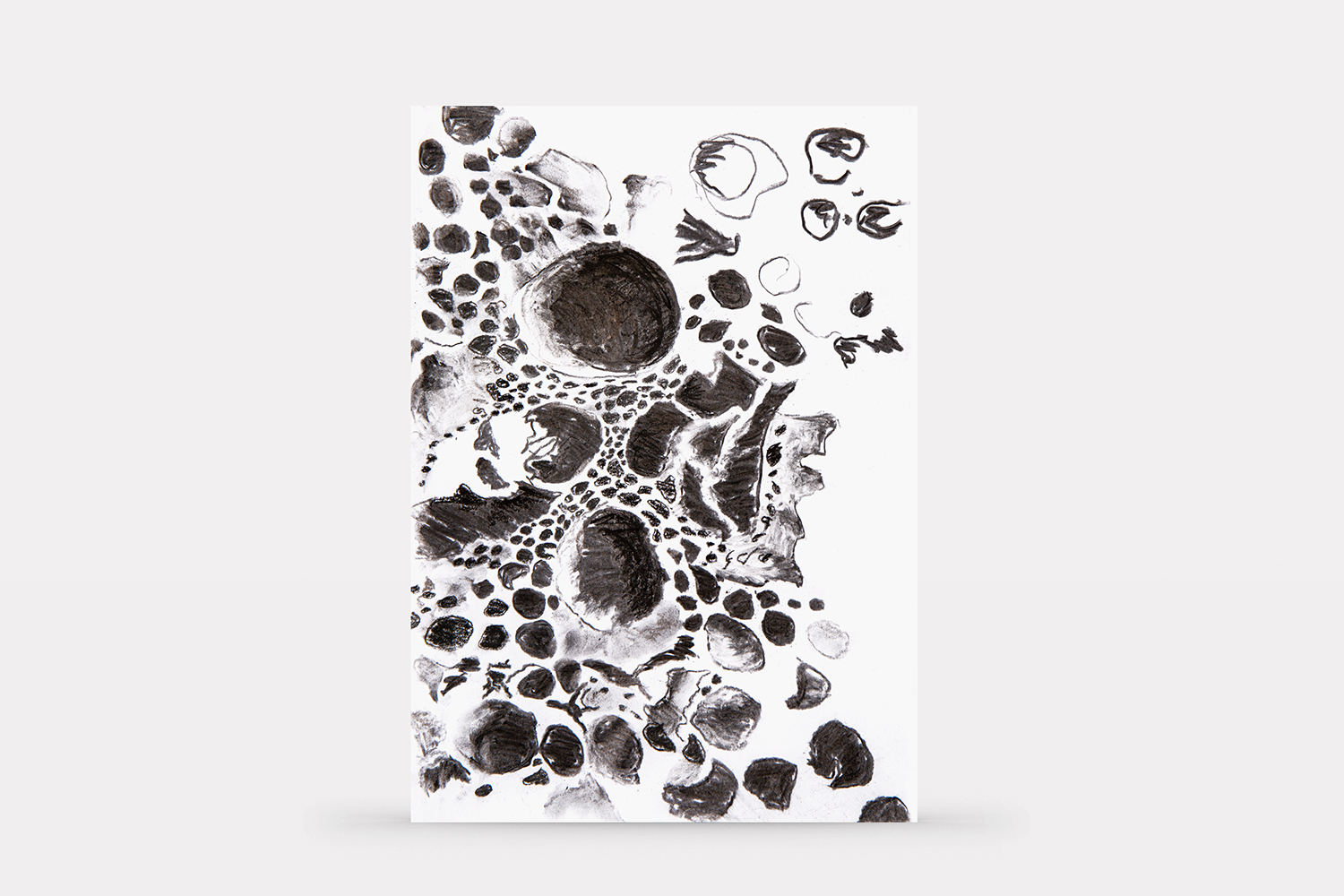
Graphite Drawing Techniques
The Scale of Hardness
Graphite pencils come in various grades that correspond to their hardness and darkness. ‘H’ pencils are harder and produce lighter marks, while ‘B’ pencils are softer and create darker lines. By understanding and utilizing this scale, artists can create depth and realism in their drawings. Alternating between hard and soft pencils can also add interest and variety to the textures within the work.
Precision and Detail
Graphite excels in detailed work. With a fine tip, artists can achieve clean, precise lines ideal for realistic drawings or technical works. Cross-hatching and contour lines can suggest form and volume, while stippling creates texture and variation in tone. The control that graphite affords allows for meticulous rendering of subjects.
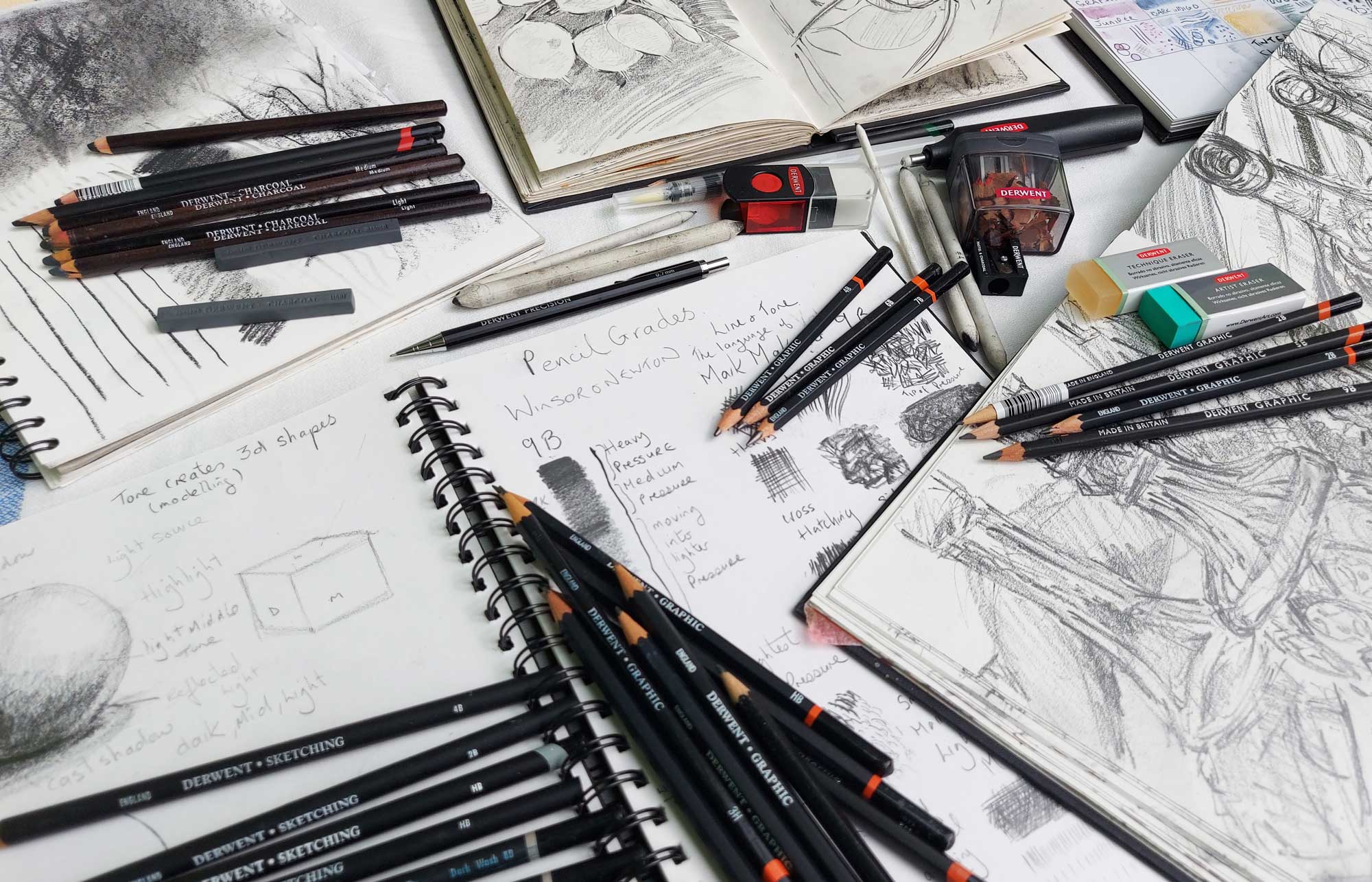
Combining Charcoal and Graphite
Harnessing the Strengths of Both
Artists can combine charcoal and graphite to maximize the strengths of each. Charcoal can serve as the base for deep tones and soft shading, while graphite can overlay details and polished touches. When harmoniously blended, charcoal provides warmth and depth, while graphite adds clarity and refinement to the drawing. This combination can result in works that are rich, layered, and full of life.
Creative Experimentation
Combining charcoal and graphite encourages creative experimentation. By layering graphite over charcoal, artists can control texture and sheen. Experimenting with the sequence of application—whether applying graphite first or charcoal—can yield different results and emphasize various elements of a subject. Artists can discover their favorite methods through trial and error, ultimately refining their unique style.
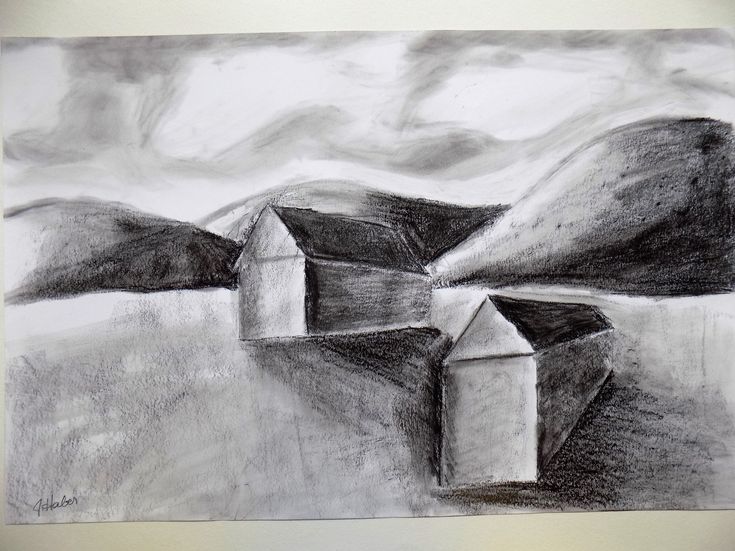
Preserving and Presenting Your Drawings
The Finishing Touches
Once a drawing reaches its completion, adding the finishing touches can elevate the work. For example, a final layer of light graphite can create a luster on select areas, or a last-minute sweep of charcoal can strengthen the composition. Safety measures, like using a fixative to prevent smudging and preserve the drawing’s integrity, are essential. To apply, hold the spray at least 12 inches away from your work and spritz lightly, ensuring an even coat that will lock the particles in place without altering the drawing’s appearance.
Displaying Your Work
Once preserved, considering how to display your drawing can enhance its impact. For charcoal and graphite works, a mat board can frame the piece nicely, drawing the viewer’s focus inward while protecting the artwork. Choosing the right frame is also crucial; a simple and sturdy frame complements the drawing without detracting from its details. For those looking to share their work digitally, high-quality scans or photographs can capture the essence of the piece before sharing online with art communities or galleries.
Nurturing Artistic Growth
Keeping a Sketchbook
A sketchbook serves as an excellent tool for practice and exploration, especially when working with charcoal and graphite. Regular sketching aids in refining skills, experimenting with new techniques, and jotting down ideas that could later evolve into more developed pieces. It can become a personal space for artistic growth, where the freedom to make mistakes and learn from them encourages improvement and creativity.
Learning from Masters and Peers
Observing and studying the works of skilled artists in charcoal and graphite can provide invaluable lessons. Notice how they balance light and shadow, the techniques they employ to achieve different textures, and how they compose their pieces. Engaging with a community of artists, whether in local art classes, workshops, or online forums, can offer support, constructive critiques, and fresh perspectives, pushing your art to new heights.
Unlocking the potential of charcoal and graphite drawing involves a blend of understanding the basics, mastering techniques, and continually pushing the envelope of creativity. By choosing the right tools, fostering an environment of learning and experimentation, and exploring the synergy between different mediums, artists can unveil the rich expressiveness and depth these materials have to offer. Whether you’re sketching shadows cast by a striking still life or capturing the delicate features of a portrait, charcoal and graphite can be your mediums of choice for creating compelling, evocative art that resonates with viewers and fulfills your artistic vision.